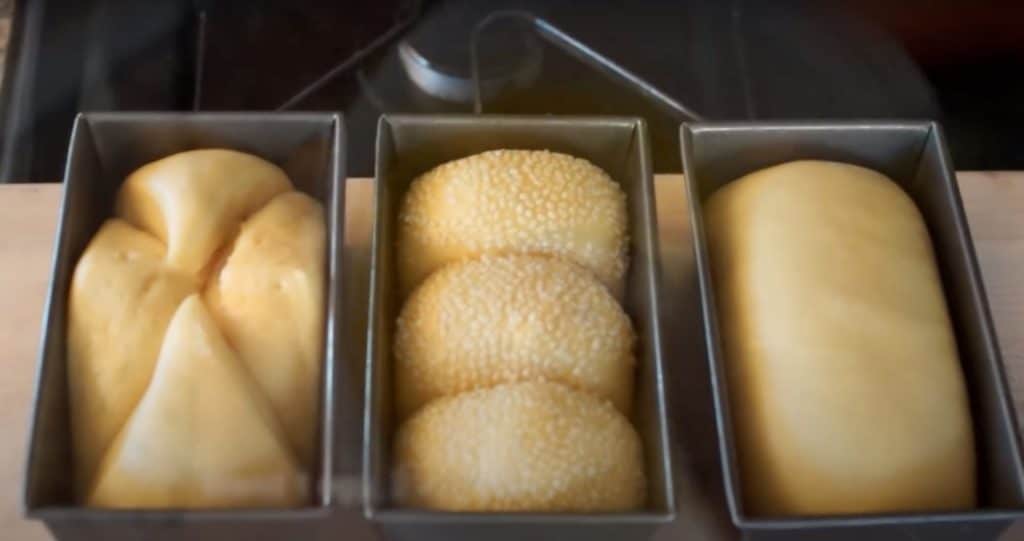The Essentials of Brioche
Brioche, with its rich and tender crumb, is a beloved pastry that requires precision and care. Here are the key practices for making a successful brioche:
Quality Ingredients and Accurate Measurements
The main components of brioche are flour, eggs, butter, and yeast. Using high-quality ingredients in the correct quantities is crucial, making a kitchen scale an indispensable tool.
Choosing the Right Flour
While basic T45 flour can suffice, gruau flour, also known as strong flour/bread flour is preferred for its higher protein content, which aids in the rising process of brioche and viennoiserie doughs.
The Role of Yeast
Yeast is essential for the dough to rise. You have three options: fresh yeast, active yeast and instant yeast. found in individual packets in supermarkets. Fresh yeast should be stored in the refrigerator and used within two weeks. Fresh yeast can also be kept frozen for up to 2 months. Active yeast needs to be rehydrated in warm water while instant yeast is mixed directly into dry ingredients. Never mix salt directly with the yeast as it can deactivate it.
The Importance of Moisture and Rest
Patience is key in both cooking and baking. Just as a beef bourguignon needs hours to simmer, and a croissant requires rest to become flaky, brioche dough needs time to rise. For ultimate results, always use cold eggs and never add them at once. Butter is always added at the end of mixing. The dough should then rest for 1 to 1.5 hours in a warm place. After reshaping and placing it in a mold, it needs another 1 to 1.5 hours to rise before baking.
Adding a Creative Touch
Convection oven is still Don’t hesitate to add chocolate chips, pink pralines, candied fruits, or spices like cinnamon to enrich your brioche, which is delightful even when plain.

